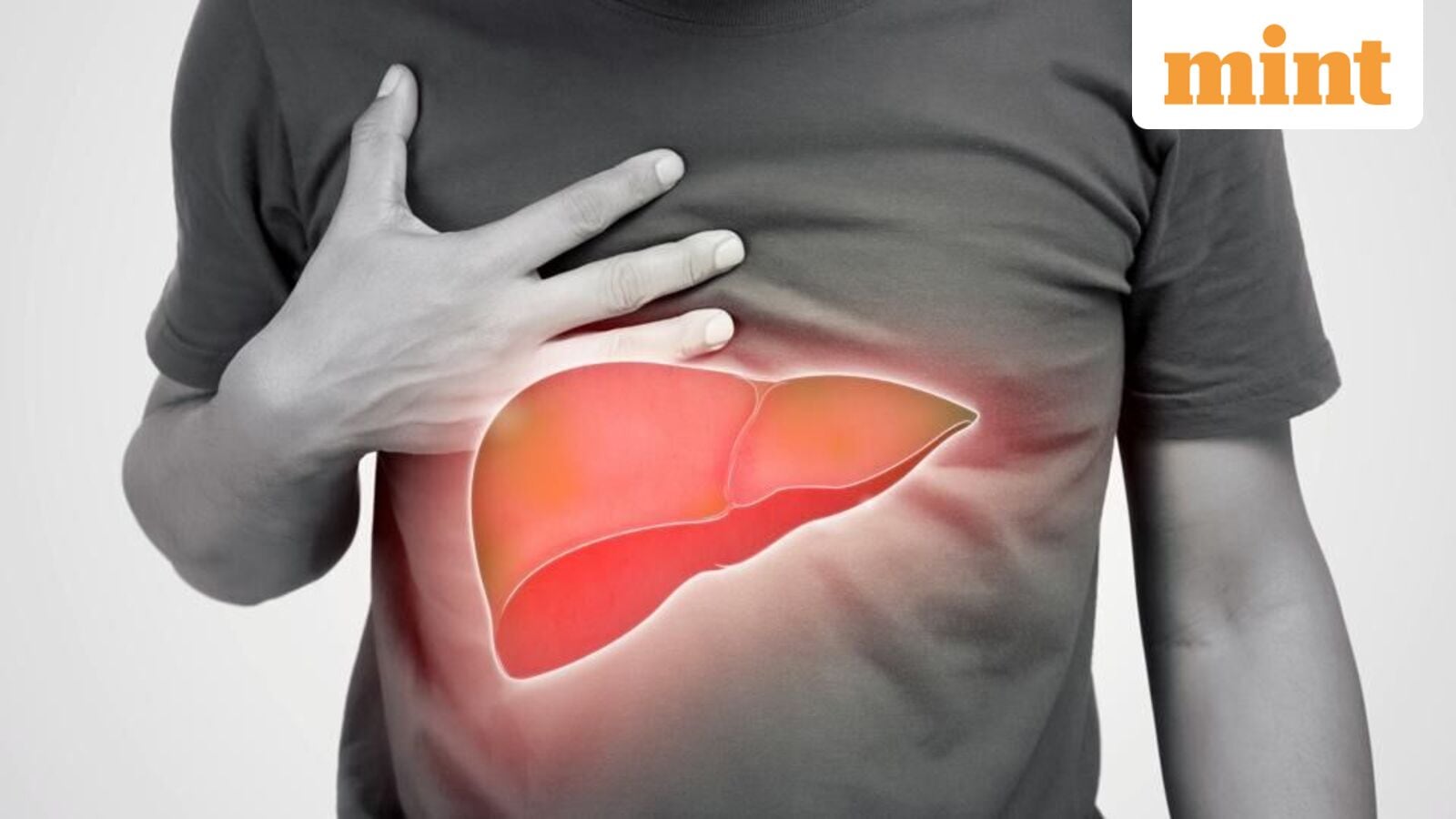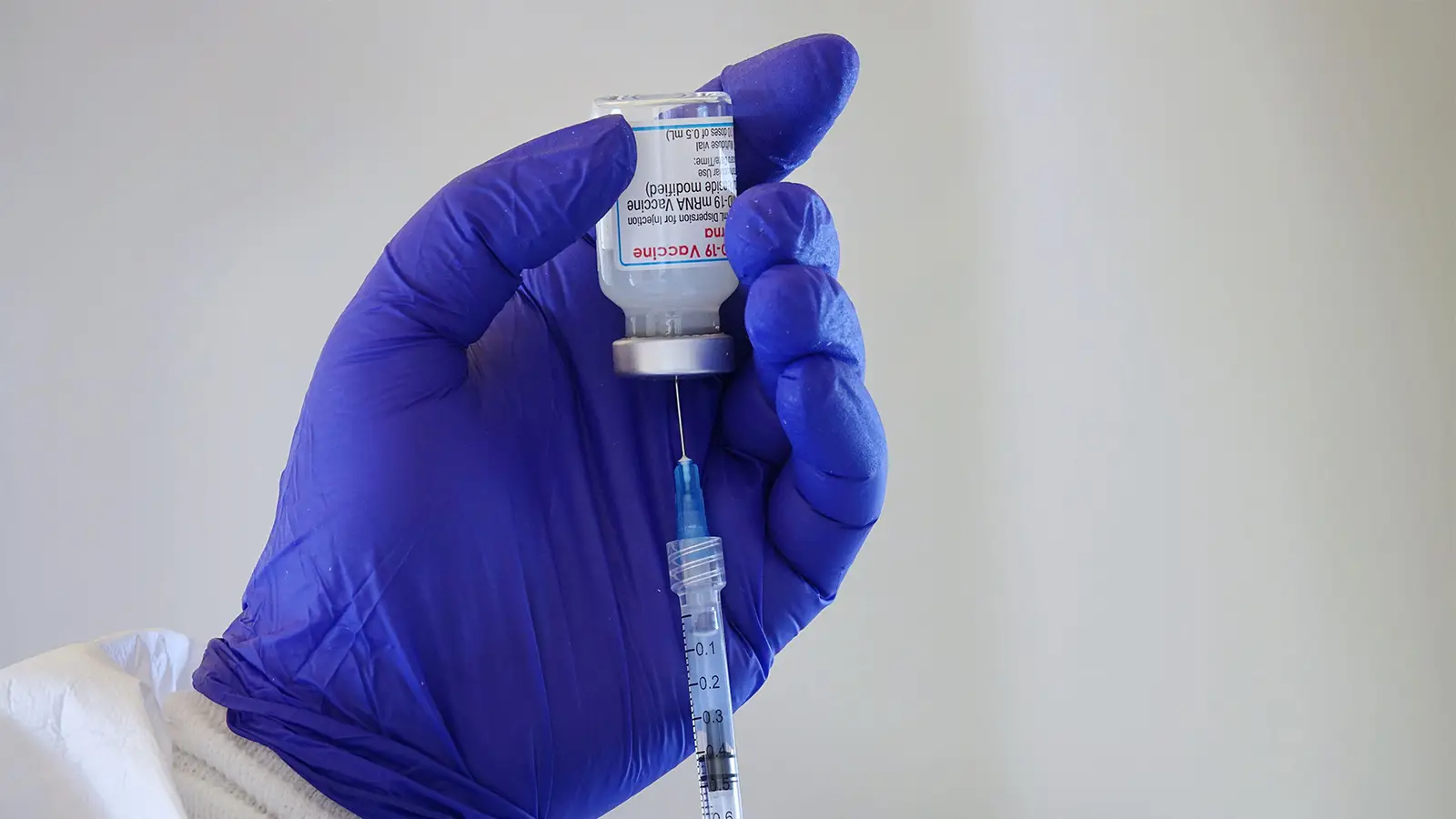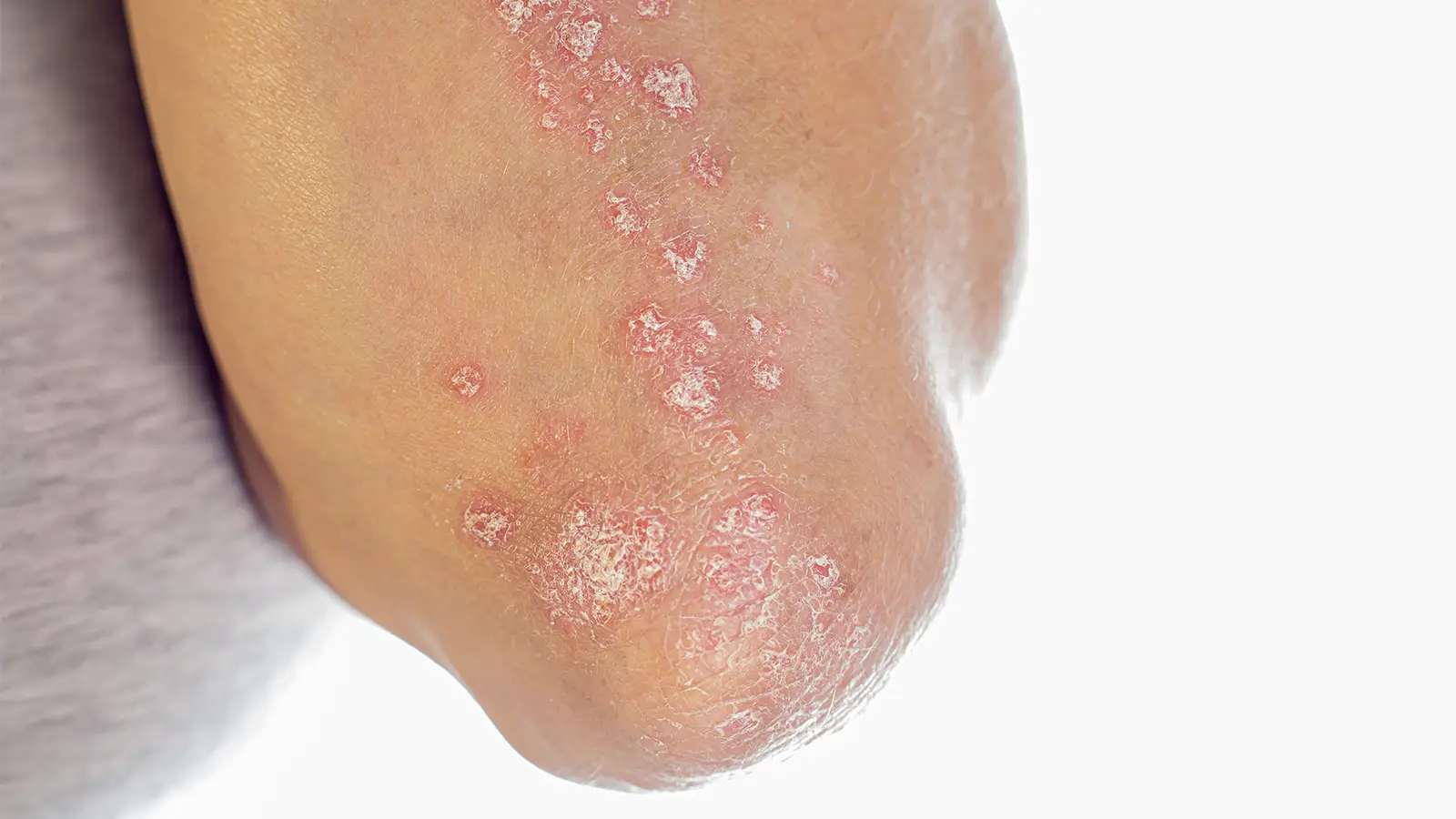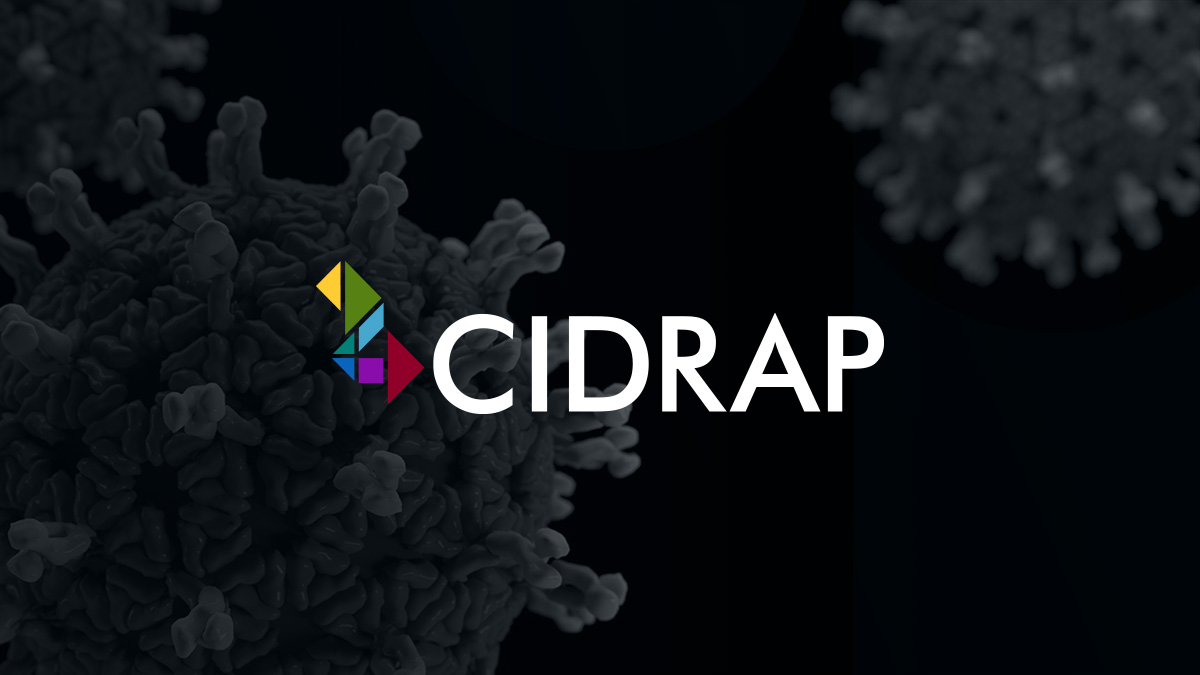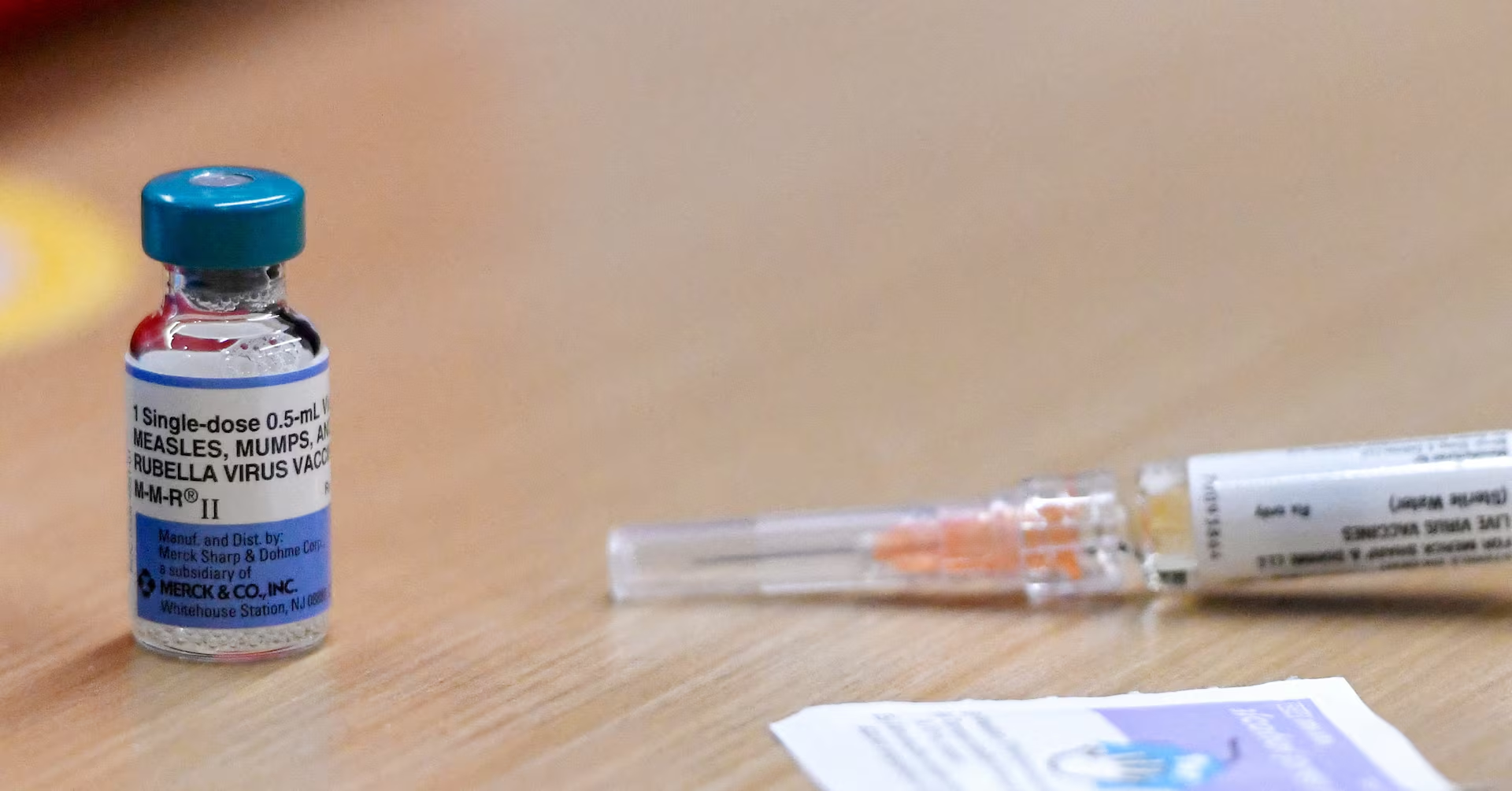A major new study presented at United European Gastroenterology (UEG) Week 2025 reveals that both sugar-sweetened beverages (SSBs) and low- or non-sugar-sweetened beverages (LNSSBs) are significantly associated with an increased risk of metabolic…
Pharmacists are being stretched thin by competing job demands, as pharmacy chains prioritize prescription speed and volume over diabetes care support, a new CCS survey finds.
Between 2010 and 2021, nearly one-third of all retail pharmacies in…
